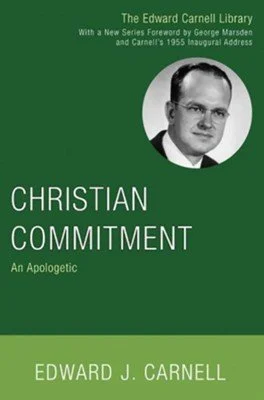This is an edited version of my den Dulk Lectures given at Westminster Seminary California in April, 2021. The content of the lecture has been edited for publication here.
Preaching and Apologetics
“Like A Lion”
You may have heard the quip from the ever-quotable Charles Spurgeon: “The Word of God is like a lion. You don’t have to defend a lion. All you have to do is let the lion loose, and the lion will defend itself.”[1] There is much truth in Spurgeon’s comment. The pulpit is not the place from which to prove to your hearers that the Bible is the Word of God. The preacher’s job is to let the lion loose.
Before we proceed further let me briefly address the debate over apologetic method within the Reformed tradition and its impact upon my topic. I am of the opinion that B. B. Warfield was correct when contending that apologetics is a distinct theological discipline which belongs in theological prolegomena (the preparation for the doing of theology). This is contrary to the opinion of Abraham Kuyper and Cornelius Van Til who both understood apologetics to be a subset of theology proper.
But Warfield did contend that the theologian (or the pastor in the pulpit) must assume the truth of God’s Word because, presumably, the apologist has already done their work and passed along to the minister the Bible as the authoritative Word of God. Despite a disagreement about where apologetics belongs in the theological encyclopedia, Warfield, Kuyper, and Van Til were in full agreement about one thing–the minister enters the pulpit assuming that he’s about to let the lion loose and no defense of the Bible is needed — hence Spurgeon’s vivid metaphor. There is no disagreement between Reformed evidentialists and presuppositionalists on this point.
When I speak of the relationship between preaching and apologetics I too am affirming that it is not the duty of the pastor to use the pulpit to convince a congregation that the Bible is the Word of God. That discussion can and should be done in catechesis, Bible study, or in venues such as conferences or other forms of focused apologetics training. The minister preaches God’s word assuming every word in the Bible is true because that word was breathed forth by the Holy Spirit through the agency of human authors (2 Timothy 3:16).
Christianity Is a Truth Claim
Therefore, when I speak of preaching “apologetically,” I do not mean trying to convince people that the Bible is the word of God. What I do mean is preaching to a congregation in such a way as to show forth the lion’s huge fangs and sharp claws when the biblical text requires it. Preaching apologetically entails two points which I will raise to reinforce my thesis. The first point is that Christianity at its heart is a truth claim. When Jesus says in John 14:6, “I am the way, the truth and the life,” his words echo YHWH’s declaration in Isaiah 43:11, “I am the Lord, and besides me there is no savior.” Jesus is telling his disciples, among other things, that he is God in human flesh, that he is truth incarnate, and that salvation from the guilt and power of sin is found in no one else. Jesus declares himself to be the source and author of life. This is a truth claim. If that which Jesus says of himself is true, then necessarily all other religions and religious claims are false. There cannot be two ways, two truths, or two methods of finding life eternal.
To read the rest, follow the link below
Read More




